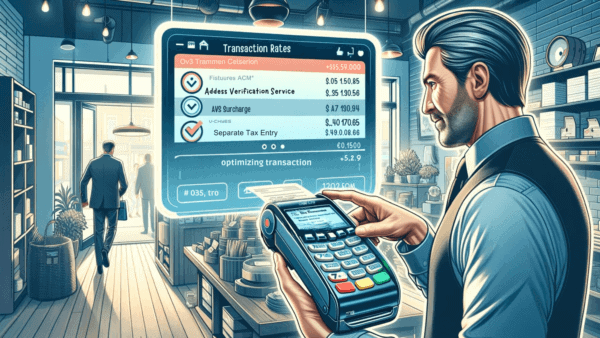Prevent Interchange Downgrades: Tips for Businesses
Interchange downgrades often result in higher processing fees, but with the right knowledge and a trustworthy provider, these can be avoided. This guide explains what interchange downgrades are and how to prevent them to save on costs.
Common Causes of Interchange Downgrades
Interchange downgrades occur when transactions fail to meet specific criteria set by credit card networks, leading to higher charges. Common triggers include:
– AVS Mismatch: Discrepancies between registered and entered address or zip code details.
– Delayed Batch Settlements: Batches not settled within 48 hours of authorization.
– Mismatched Authorization and Settlement Amounts: Variations in the amounts authorized and finally charged.
– Improper Entry of Tax and Tips: Failure to separate tax and tips from the transaction total in the payment system.
By eliminating those, you can prevent interchange downgrades.

How to Prevent Interchange Downgrades
Ensuring you meet all transaction criteria is essential for minimizing costs:
– AVS Enforcement: Ensure AVS is always run on keyed transactions.
– Timely Batch Processing: Automate batch settlements to occur daily.
– Accurate Transaction Details: Always separate tax and tips from the transaction totals on your payment system.
– Regular Software Updates: Keep your terminal software up to date to prevent any compliance issues.
By understanding the causes of interchange downgrades and implementing best practices, businesses can maintain lower transaction costs and work more effectively with Merchant Account Providers. Choosing a provider that actively helps you avoid downgrades is crucial for your financial health. Learn more about interchange downgrades.





